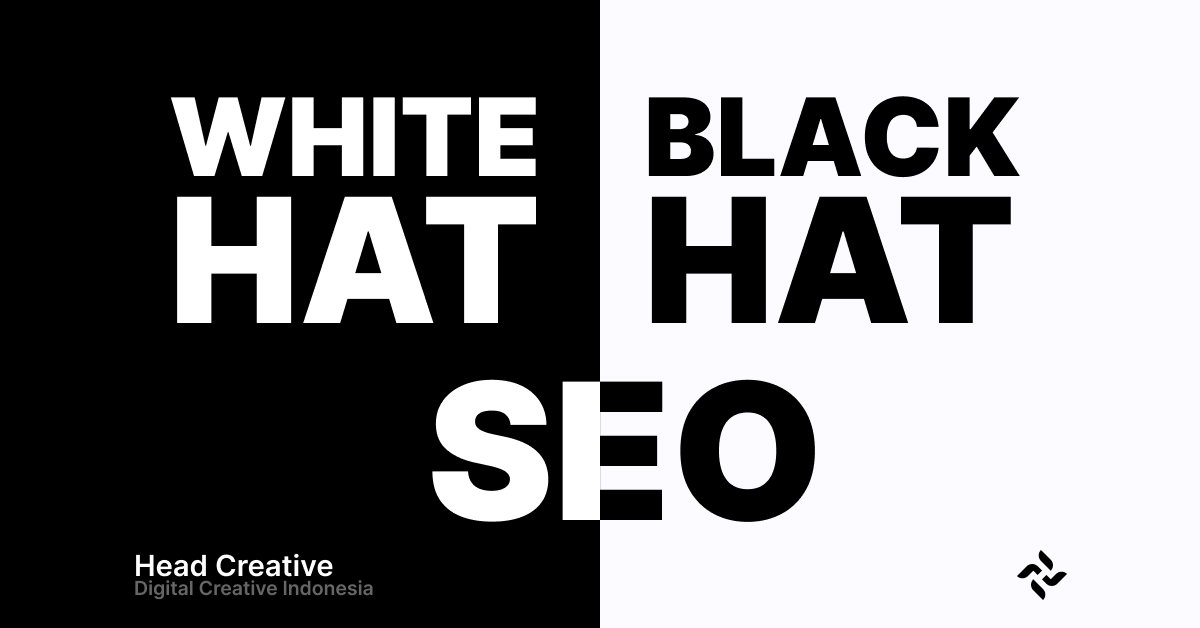Understanding SEO and Its Importance for Website Visibility
In today’s fast-paced digital era, establishing a strong online presence is essential for businesses and individuals alike. However, merely having a website is not enough. To ensure your website is discoverable by the right audience and ranks at the top of search engine results like Google, employing White Hat SEO strategies is crucial. These strategies adhere to search engine guidelines, ensuring long-term sustainability and trust. On the contrary, utilizing Black Hat SEO techniques that violate search engine rules may yield quick results but come with high risks of penalties and ranking losses. Opt for ethical approaches to build a strong and enduring online presence.
What Is SEO?
SEO, or Search Engine Optimization, is a set of techniques and strategies designed to enhance a website’s visibility and ranking in organic search engine results. The goal is to ensure your website appears at the top when users search for information related to your content or services.
Why Is SEO Important?
Improving website visibility through SEO provides several key benefits:
- Increase in Organic Traffic: Higher rankings in search results bring more visitors to your website without the need for paid advertising.
- Boost in Credibility and Trust: Users are more likely to trust websites that appear on the first page of search results, enhancing your site’s reputation and authority.
- Better User Experience: SEO encourages improvements in website structure and content, ultimately enhancing the overall user experience.
- Competitive Advantage: In a competitive market, implementing SEO gives you an edge by making your site easier to find compared to competitors.
How Does SEO Work?
Search engines like Google use complex algorithms to rank websites. Some of the factors influencing rankings include:
- Content Quality: High-quality, relevant, and informative content tends to rank better.
- Keyword Usage: Incorporating appropriate and relevant keywords helps search engines understand the topic of your content.
- Good Website Structure: Easy navigation and clean URL structures make it easier for search engines to crawl and index your site.
- Site Speed: Fast-loading websites provide a better user experience and are favored by search engines.
- High-Quality Backlinks: Links from authoritative and relevant websites boost your site’s reputation and ranking.
By understanding and implementing effective SEO practices, you can enhance your website’s visibility, attract more visitors, and achieve your personal or business goals in the digital world.
What Is White Hat SEO?
In the realm of search engine optimization (SEO), White Hat SEO refers to a set of ethical practices that comply with the rules and guidelines established by search engines like Google. Its primary goal is to improve website rankings organically in a legitimate and sustainable manner. This approach focuses on delivering high-quality content and an optimal user experience without attempting to manipulate search engine algorithms.
Examples of White Hat SEO Practices
To achieve desired results through White Hat SEO, the following practices are commonly employed:
- Providing High-Quality Content: Creating informative, relevant, and value-driven content for users. Such content not only engages readers but is also favored by search engines.
- Using Keywords Effectively: Conducting keyword research to identify terms relevant to your business or topic and incorporating them naturally within your content. Avoid keyword stuffing, as it may be seen as spam.
- Building Quality Backlinks: Securing links from reputable and relevant websites to boost your site’s authority and rankings.
- Optimizing User Experience (UX): Ensuring your website has a responsive design, fast loading times, and easy navigation. A positive user experience can increase visit durations and reduce bounce rates.
- Using Relevant Meta Tags: Writing informative meta descriptions and page titles with appropriate keywords to help both search engines and users understand your page’s content.
By implementing these practices, you not only enhance your website’s visibility and rankings sustainably but also build a strong reputation among users and search engines. White Hat SEO ensures that your optimization efforts yield long-term benefits without the risk of penalties from search engines.
What Is Black Hat SEO?
In the world of search engine optimization (SEO), Black Hat SEO refers to a set of manipulative techniques used to improve website rankings by violating the guidelines and policies set by search engines like Google. These practices exploit weaknesses in search engine algorithms to achieve quick results but often disregard the quality of content and user experience. As a result, websites employing Black Hat techniques are at risk of penalties, including drastic ranking drops or even removal from search engine indexes.
Examples of Black Hat SEO Practices
Some common techniques used in Black Hat SEO include:
- Keyword Stuffing: Overloading content or meta tags with excessive and unnatural use of keywords to manipulate search rankings. This makes the content irrelevant and difficult to read for users.
- Cloaking: Delivering different content or URLs to search engines and users. For example, search engines are shown content optimized for specific keywords, while users see unrelated content. This technique aims to deceive search engines into giving higher rankings.
- Link Farming: Creating a network of websites that link to each other to artificially boost authority and rankings. The links generated from this practice are usually low-quality and irrelevant, potentially harming the site’s reputation.
- Hidden Text and Links: Concealing text or links by making them invisible to users, such as using text colors that match the background or placing them off-screen. The goal is to include additional keywords without disrupting the page’s visible layout.
- Doorway Pages: Developing pages optimized for specific keywords with the sole purpose of redirecting traffic to other pages. These pages often have low-quality content and provide little to no value to users.
Implementing these techniques not only violates search engine guidelines but can also damage your website’s reputation and credibility. Therefore, it is crucial to avoid Black Hat SEO practices and focus on ethical, sustainable strategies.
Read More: The Difference Between Expired Domains and Deleted Domains: Here’s the Explanation
Understanding the distinction between White Hat SEO and Black Hat SEO is essential for website owners looking to improve search engine rankings effectively and sustainably. Below is a comparison of these two approaches:
Key Differences Between White Hat SEO and Black Hat SEO
| Aspect | White Hat SEO | Black Hat SEO |
|---|---|---|
| Compliance with Search Engine Guidelines | Adheres to all guidelines and rules set by search engines like Google. Focuses on ethical and transparent practices. | Violates search engine guidelines by employing manipulative techniques to achieve quick rankings. |
| Risk of Penalties and Impact on Rankings | Very low risk of penalties due to compliance. Rankings tend to be stable and improve over time. | High risk of penalties, including drastic ranking drops or removal from search engine indexes. |
| Sustainability of Achieved Results | Results are sustainable and provide long-term benefits. Builds a strong reputation and authority. | Results are typically short-lived. Once detected, rankings may drop significantly, harming reputation and visibility. |
Choosing Between White Hat and Black Hat SEO: Ethics and Sustainability
Opting for White Hat or Black Hat SEO is not merely a matter of strategy but also involves ethics and long-term sustainability. The White Hat approach ensures compliance with search engine guidelines and establishes a solid foundation for long-term growth. On the other hand, Black Hat techniques may deliver quick results but carry significant risks that could damage your site’s reputation and visibility.
Conclusion:
Understanding the differences between White Hat and Black Hat SEO is a critical step in determining the right optimization strategy for your website. The White Hat approach emphasizes compliance with search engine guidelines, high-quality content, and an optimal user experience. In contrast, Black Hat relies on manipulative techniques that violate rules to achieve instant rankings.
Why Choose White Hat SEO?
- Sustainable Results: White Hat practices lead to stable and lasting rankings, building a positive reputation with both search engines and users.
- Low Risk of Penalties: By adhering to guidelines, the risk of penalties from search engines is minimal, ensuring the safety of your site’s rankings.
- Better User Experience: A focus on quality content and easy navigation enhances visitor satisfaction, which in turn can increase conversions.
Risks of Using Black Hat SEO
- Search Engine Penalties: Manipulative techniques may be detected, leading to significant ranking drops or even removal from search engine indexes.
- Damaged Reputation: Users who recognize unethical practices may lose trust, harming your brand’s image.
- Unsustainable Results: While Black Hat SEO may yield quick results, the benefits are often short-term and carry high risks.
Recommendation
Choosing a White Hat SEO strategy is a safe and effective long-term investment. By adhering to search engine guidelines and focusing on quality, you build a strong foundation for organic growth and sustainable online business success.
Remember, in the competitive digital world, integrity and quality are the true keys to success.


